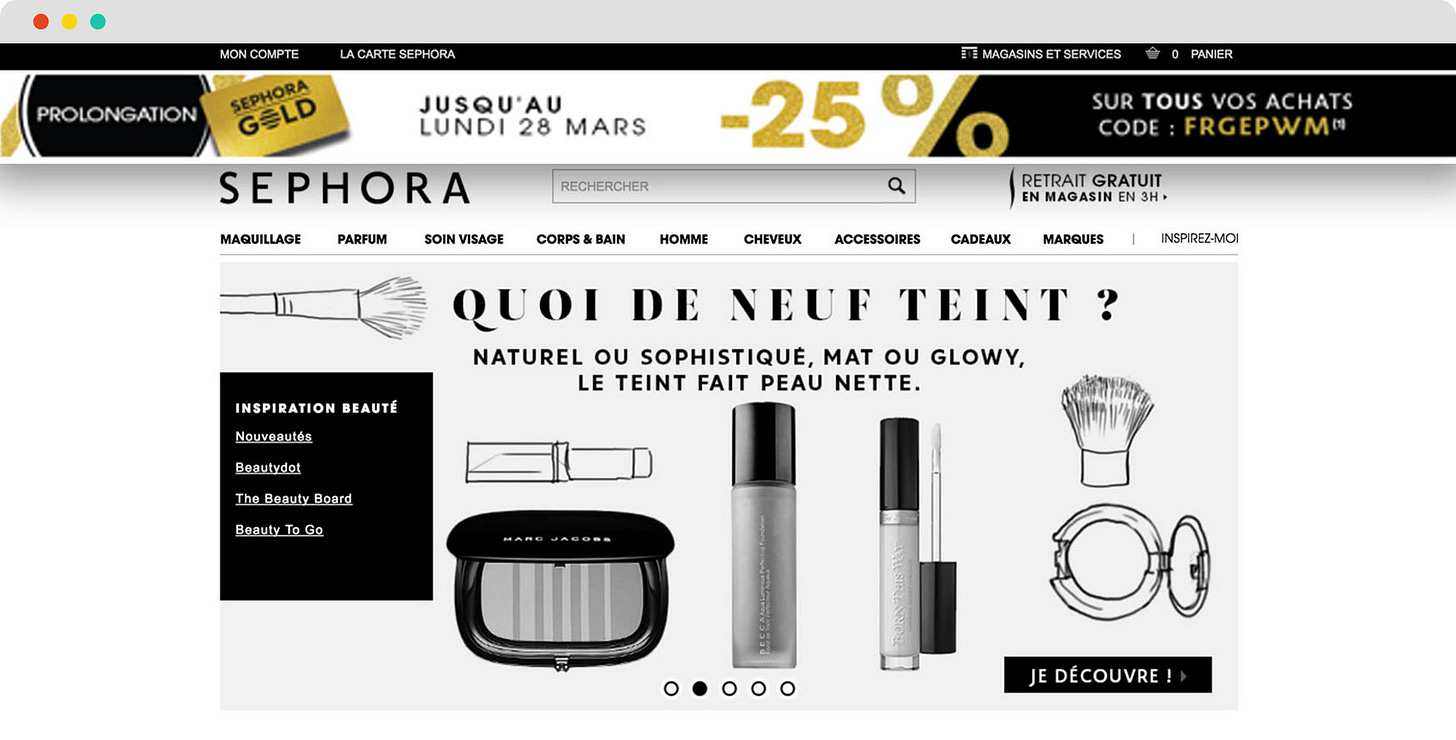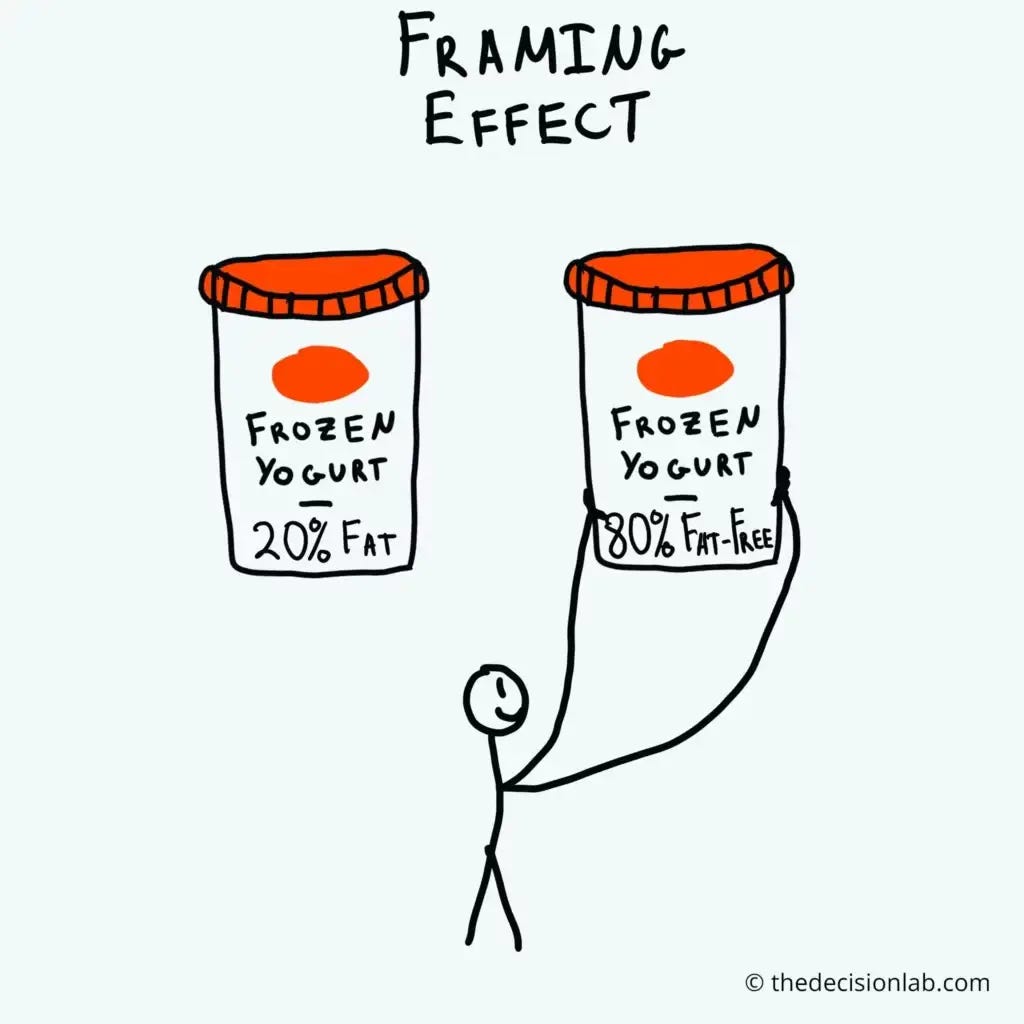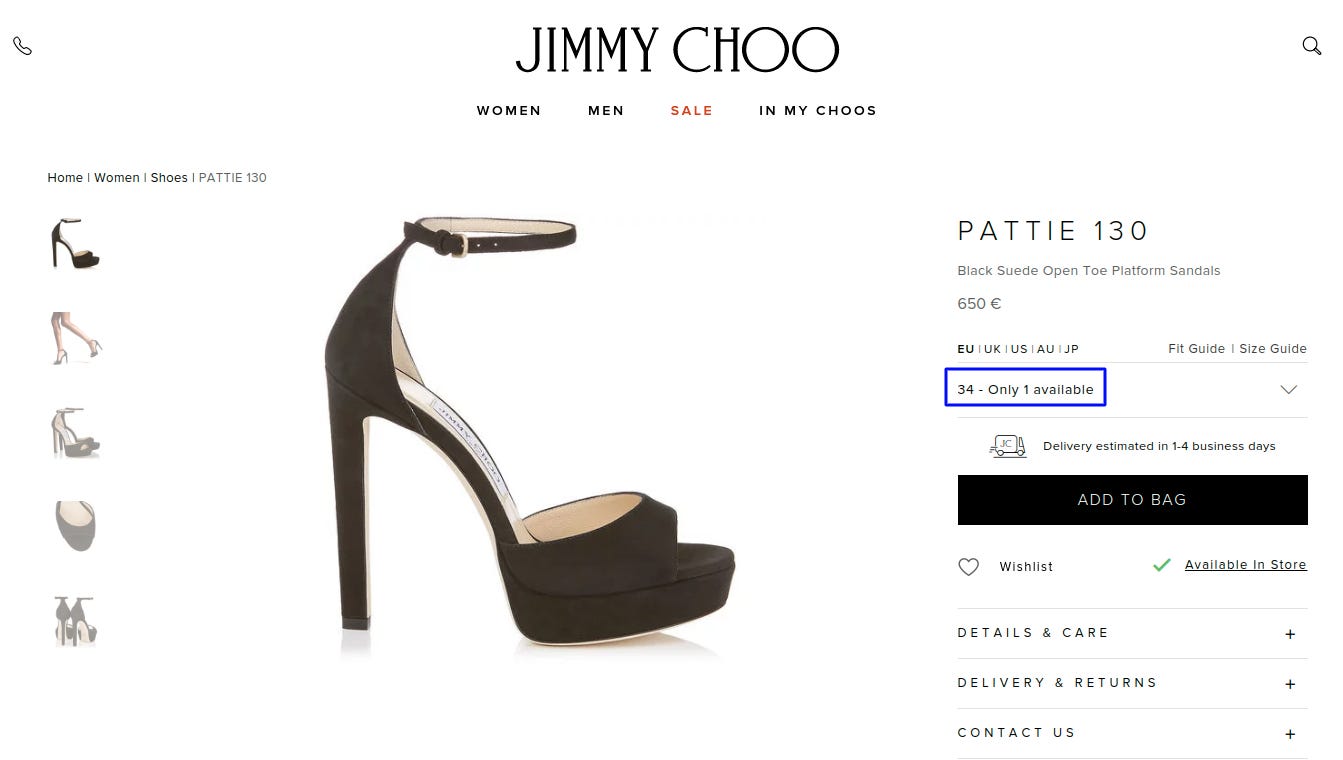🗓️ Tuesday, 1st Oct 2024
Hi, and welcome back to Growth Espresso - your one-stop destination for everything e-com.
As much as we’d like to think we’re perfectly logical creatures, the truth is… we’re not. In fact, decades of research show that our brains love to take shortcuts, often leading us straight into cognitive biases. These sneaky little quirks in our thinking can have a huge impact on the decisions we make—and for marketers, that’s a goldmine.
With just a few subtle tweaks, you can harness these biases to influence how your customers think, feel, and, most importantly, buy. Sounds powerful, right? Well, it is! Here are 5 cognitive biases you can use to supercharge your marketing strategy and give your sales a nice little boost!
Let’s dive in!
Fuel Your Growth with Quick Funding
Discover how fast, flexible funding can accelerate your eCommerce growth. Get our free eBook today and learn to scale your business successfully!
1/ Anchoring Bias
The Anchoring Effect is like your brain’s default setting when making decisions, and it plays a sneaky role in how we shop. Imagine you’re eyeing a silk shirt for $150—it feels pricey, so you pass. But after browsing and seeing shirts in the $500–850 range, suddenly that $150 shirt looks like a bargain. Why? Because of anchoring.
We tend to fixate on the first piece of information we get—whether it’s a price, a discount, or a feature—and use it as the standard for all comparisons. In this case, that initial $150 tag becomes the anchor, making everything else seem overpriced, and suddenly, you’re walking out of the store with your new “bargain” buy.
For marketers, anchoring can be a powerful tool. By setting an initial reference point, like a higher-priced option or a limited-time discount, you can influence how customers perceive value and guide their decisions in your favor.
2/ Bandwagon Effect
The Bandwagon Effect is the ultimate FOMO (Fear of Missing Out) in action. It’s the tendency to jump on board with something just because everyone else is doing it—whether we actually agree or not. We’ve all been there, right?
As a marketer, this cognitive bias is your best friend when it comes to social proof. Display how many businesses you serve, showcase glowing reviews, slap on some star ratings, and sprinkle in those recognizable client names. The more credible your brand looks, the more people will want to join the crowd. Take notes from companies like Box, who expertly name-drop and flash numbers to make their product irresistible.
In short: when others are doing it, your prospects will want in too. So, make sure you’re showing just how popular your brand already is!
3/ Barnum Effect
The Barnum Effect is that curious quirk where people see themselves in vague, generic descriptions and think, “Wow, that’s so me!”—even though it could apply to almost anyone. This phenomenon is a goldmine for marketers aiming to personalize the user experience.
You can tap into this by crafting messaging that feels highly personalized, making prospects feel like you’re speaking directly to them—even when you’re really addressing a whole segment. Think personalized product recommendations, tailored promotions, or segmented campaigns.
Sephora nailed this with a loyalty card campaign, running a personalized promotional banner just for members. The result? A 16% boost in transactions. When people feel special, they’re more likely to take action—even if they’re not the only ones getting the treatment!
4/ Framing Effect
The Framing Effect is all about how you present information to your audience. Whether you frame something as a gain or a loss can dramatically influence decision-making. Here’s the catch: people hate losing more than they love winning. That’s why they’re more likely to avoid risk when you present things positively, but become more cautious when a potential loss is on the table.
Want to tap into this bias? Use urgency in your messaging. Highlight low stock levels, countdown timers, or how many other people are eyeing the same product. The goal is to make visitors feel like they’re about to miss out—and nobody likes the sting of a missed opportunity!
The Framing Effect is all about how you present information to your audience. Whether you frame something as a gain or a loss can dramatically influence decision-making. Here’s the catch: people hate losing more than they love winning. That’s why they’re more likely to avoid risk when you present things positively, but become more cautious when a potential loss is on the table.
Want to tap into this bias? Use urgency in your messaging. Highlight low stock levels, countdown timers, or how many other people are eyeing the same product. The goal is to make visitors feel like they’re about to miss out—and nobody likes the sting of a missed opportunity!
5/ Peak-End Rule Effect
The Peak-End Rule is a psychological shortcut where people remember experiences based on two key moments: the emotional peak and the end. Whether the entire experience was good or bad doesn’t matter as much as how they felt during those two moments.
For marketers, this means designing a user journey that ends on a high note. One smart move? At checkout, skip the forced registration. Offering a guest checkout option reduces frustration and leaves a positive impression, ensuring the final step feels smooth and satisfying. This simple tweak can turn a decent experience into a memorable one.
5/ Confirmation Bias
Confirmation Bias is the tendency to favor information that supports what we already believe, while ignoring or dismissing anything that contradicts those beliefs. It’s a subtle, but powerful force in decision-making.
In everyday life, it’s like cherry-picking facts to validate our opinions while overlooking evidence that challenges them. This is why news outlets often focus on stories that align with their audience’s views—they know it keeps people engaged and reinforces their opinions.
For marketers, understanding Confirmation Bias is key. By tapping into what your audience already believes, you can craft messages and products that align with their worldview, creating a positive feedback loop. This not only builds trust but also strengthens consumer loyalty and drives sales, because people love to hear what they already think is true!











